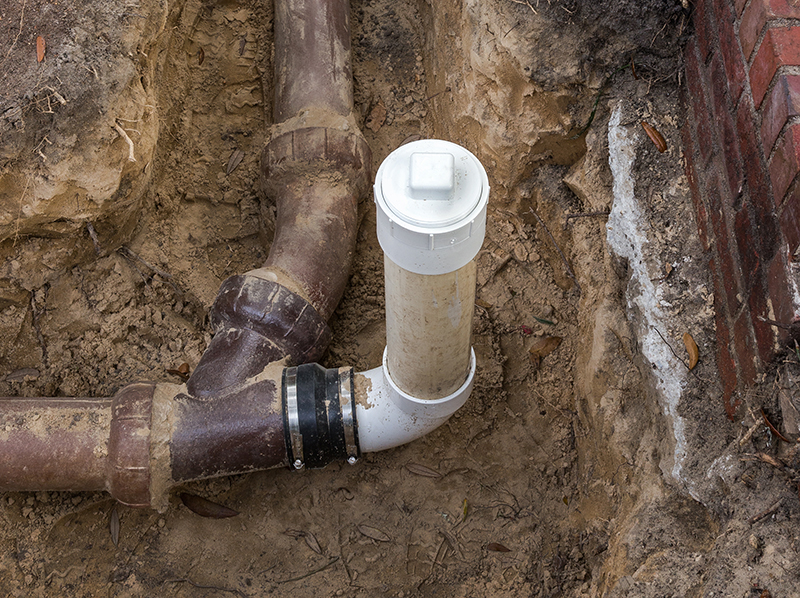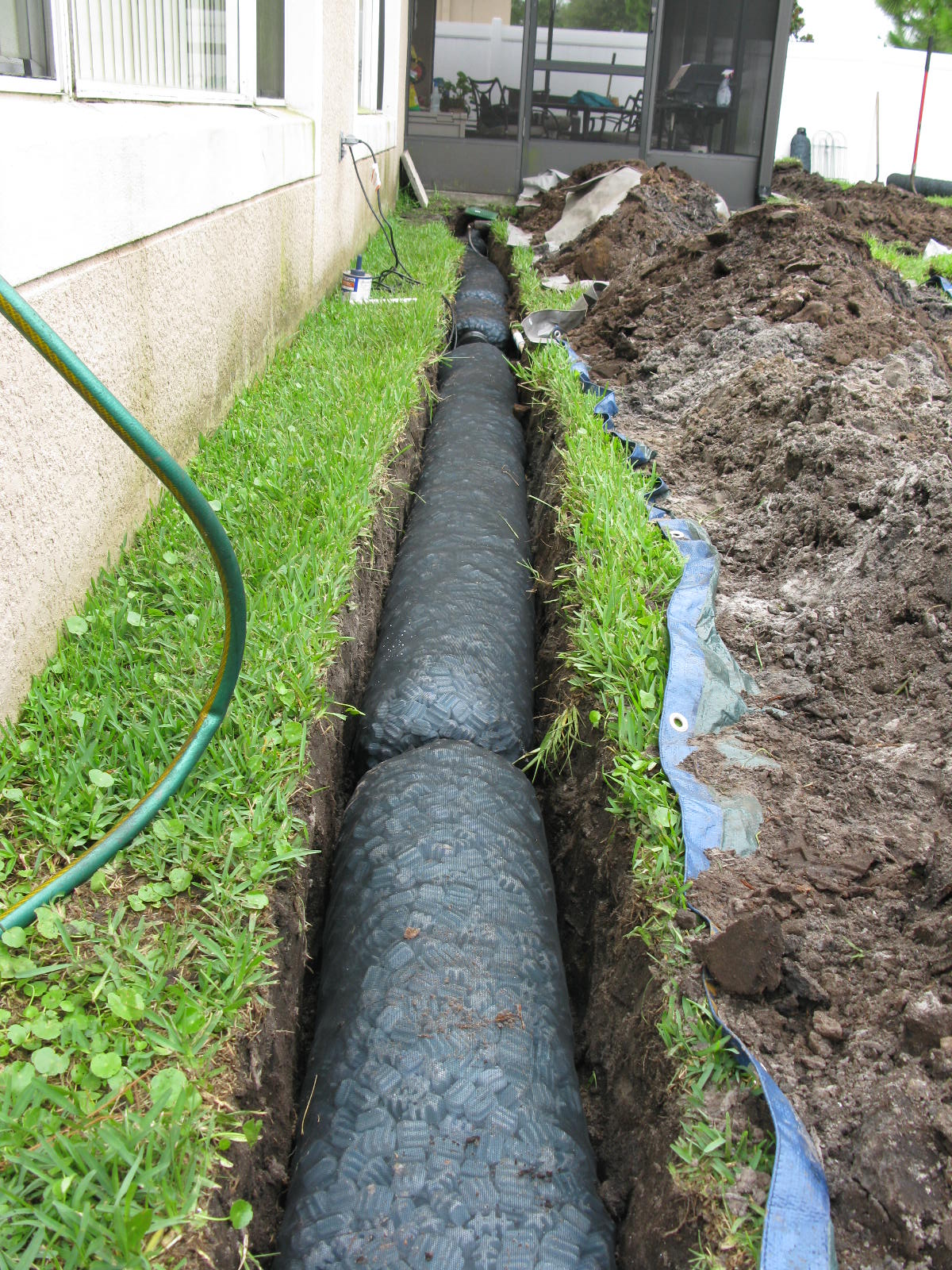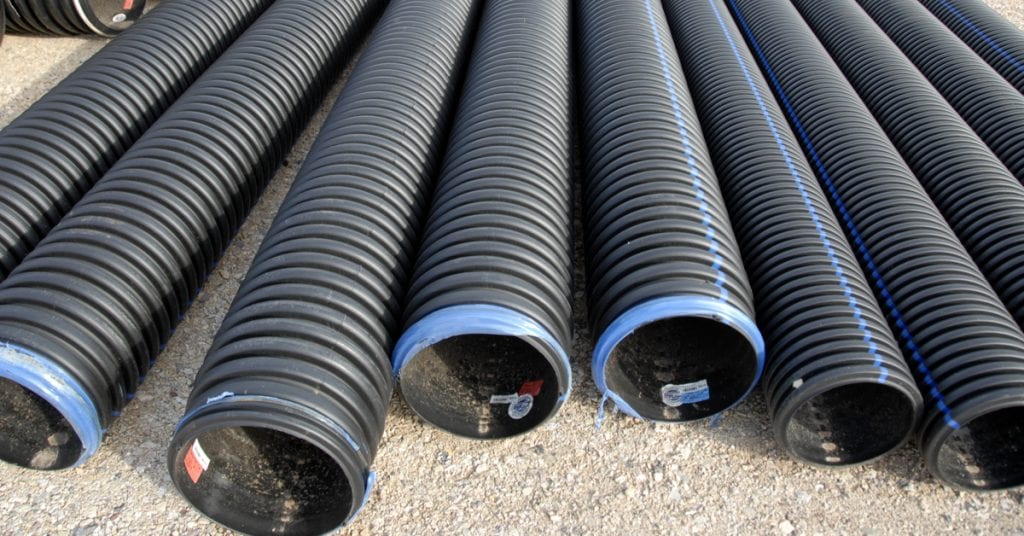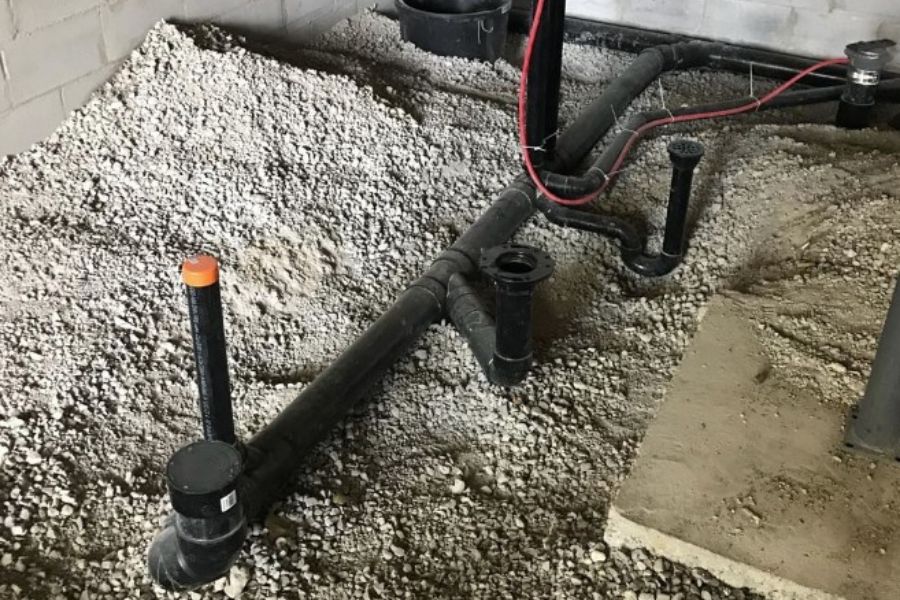If your kitchen sink is clogged and Drano didn't work, the first thing you should do is check the drain stopper. Sometimes, small objects like food scraps or hair can get stuck in the stopper and prevent water from flowing freely. Remove the stopper and clean it thoroughly before trying to unclog the drain again.1. Check the Drain Stopper
A plunger is a basic and effective tool for unclogging a kitchen sink. Fill the sink partially with water and place the plunger over the drain, making sure it covers the entire opening. Push down and pull up rapidly for several times, creating a suction that can dislodge the clog. If necessary, repeat the process a few times until the water starts to drain.2. Use a Plunger
If the plunger doesn't work, you can try using a plumbing snake. Insert the snake into the drain and twist it as you push it further down. This can help break up and remove any clogs that are deeper in the pipes. Once you feel the snake hit the clog, twist and pull it out to remove the obstruction.3. Try a Plumbing Snake
A natural and chemical-free alternative to Drano is using baking soda and vinegar to unclog your kitchen sink. Pour ½ cup of baking soda down the drain, followed by 1 cup of vinegar. Let it sit for 30 minutes, then pour hot water down the drain to flush out the clog. This combination can help break down and dissolve the clog.4. Use Baking Soda and Vinegar
If you have a grease clog in your kitchen sink, pouring boiling water down the drain can help melt and flush it away. Boil a pot of water and carefully pour it down the drain in stages, giving the water time to work its way through the clog. Be careful not to splash yourself with the hot water.5. Pour Boiling Water Down the Drain
If all else fails, you can try using a chemical drain cleaner. These products contain strong chemicals that can break down and dissolve tough clogs. However, they can also be harmful to your plumbing and the environment, so use them sparingly and follow the instructions carefully. Be sure to wear gloves and eye protection when handling these products.6. Use a Chemical Drain Cleaner
The P-trap is a curved pipe under your sink that traps debris and prevents it from going further into your plumbing system. Sometimes, clogs can form in the P-trap itself. You can remove the P-trap and clean it out to remove any clogs. Just be sure to have a bucket handy to catch any water or debris that comes out when you remove the trap.7. Remove and Clean the P-trap
If you've tried all of the above methods and your kitchen sink is still clogged, it may be time to call in a professional plumber. They have the tools and expertise to tackle even the toughest clogs and can ensure that your plumbing is in good working order. Plus, they can identify and fix any underlying issues that may be causing frequent clogs in your kitchen sink.8. Call a Professional Plumber
If you've tried everything and your kitchen sink still won't drain, there may be a clog in your main sewer line. This can be a serious issue and may require the help of a professional plumber to remove the clog and repair any damage to your sewer system. If you suspect a clog in your main sewer line, it's important to address it as soon as possible to prevent further damage and backups in your plumbing.9. Check for a Clog in the Main Sewer Line
If you're experiencing frequent clogs in your kitchen sink, it may be time to consider replacing the drain pipe. Over time, drain pipes can corrode or become damaged, making them more prone to clogs. Upgrading to a new, more durable drain pipe can help prevent clogs and keep your kitchen sink functioning properly.10. Consider Replacing the Drain Pipe
The Importance of Proper Drain Maintenance

Don't Let a Clogged Sink Ruin Your Day
 If you've ever experienced a clogged kitchen sink, you know how frustrating and inconvenient it can be. Not only does it disrupt your daily routine, but it can also lead to unpleasant odors and potential damage to your pipes. When faced with a clogged sink, many people turn to
Drano
as a quick and easy solution. However, what happens when
Drano
doesn't work? Before you panic and call a plumber, there are a few things you should know about proper drain maintenance and preventing clogs in your kitchen sink.
If you've ever experienced a clogged kitchen sink, you know how frustrating and inconvenient it can be. Not only does it disrupt your daily routine, but it can also lead to unpleasant odors and potential damage to your pipes. When faced with a clogged sink, many people turn to
Drano
as a quick and easy solution. However, what happens when
Drano
doesn't work? Before you panic and call a plumber, there are a few things you should know about proper drain maintenance and preventing clogs in your kitchen sink.
The Downfalls of Using Drano
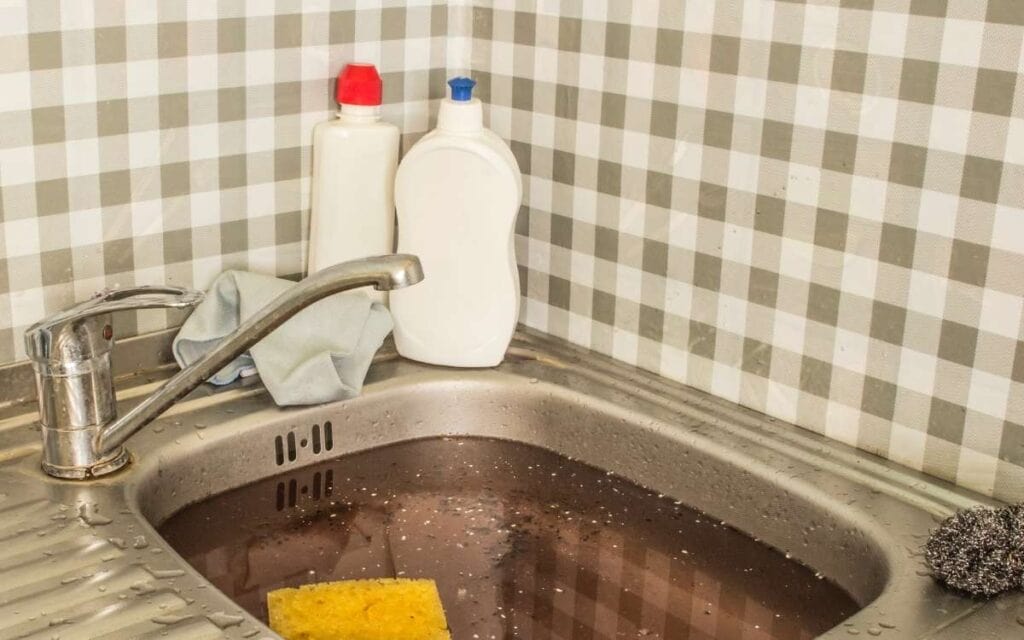 While
Drano
may seem like a miracle product when it comes to unclogging drains, it is not without its drawbacks. Firstly,
Drano
is a harsh chemical that can cause damage to your pipes and plumbing fixtures if used incorrectly. It can also be harmful to the environment and should be handled with caution. Additionally,
Drano
is not always effective in clearing clogs and can sometimes even make the problem worse by pushing the clog further into the pipes.
While
Drano
may seem like a miracle product when it comes to unclogging drains, it is not without its drawbacks. Firstly,
Drano
is a harsh chemical that can cause damage to your pipes and plumbing fixtures if used incorrectly. It can also be harmful to the environment and should be handled with caution. Additionally,
Drano
is not always effective in clearing clogs and can sometimes even make the problem worse by pushing the clog further into the pipes.
Preventing Clogs in Your Kitchen Sink
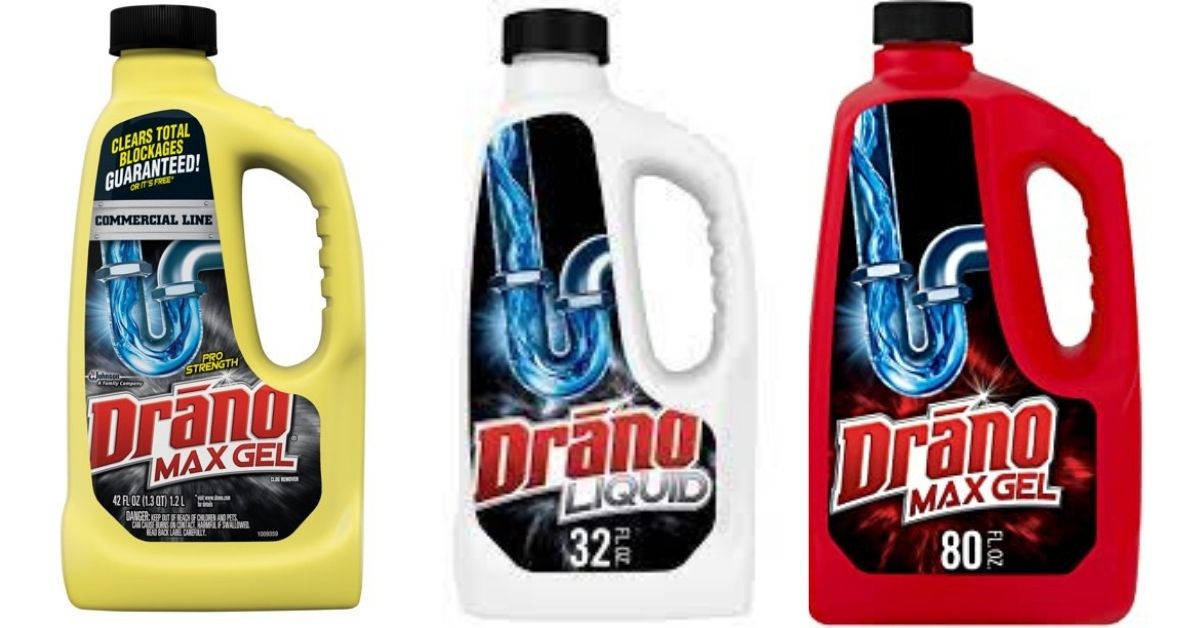 The best way to avoid dealing with a clogged kitchen sink is to prevent it from happening in the first place. This starts with being mindful of what you put down your drain.
Grease, oil, and other food particles
should never be poured down the sink as they can solidify and cause clogs. Instead, wipe excess grease and oil off of dishes and dispose of them in the trash. You should also use a
drain guard
to catch any food scraps that may accidentally make their way into the sink.
The best way to avoid dealing with a clogged kitchen sink is to prevent it from happening in the first place. This starts with being mindful of what you put down your drain.
Grease, oil, and other food particles
should never be poured down the sink as they can solidify and cause clogs. Instead, wipe excess grease and oil off of dishes and dispose of them in the trash. You should also use a
drain guard
to catch any food scraps that may accidentally make their way into the sink.
The Importance of Regular Drain Maintenance
 Just like any other aspect of your home, your drains require regular maintenance to keep them functioning properly. This includes using a
plunger
or
snake
to clear minor clogs and
flushing your drains with hot water and vinegar
on a monthly basis. It's also a good idea to have your drains professionally cleaned every few years to prevent any buildup or blockages.
Just like any other aspect of your home, your drains require regular maintenance to keep them functioning properly. This includes using a
plunger
or
snake
to clear minor clogs and
flushing your drains with hot water and vinegar
on a monthly basis. It's also a good idea to have your drains professionally cleaned every few years to prevent any buildup or blockages.
Consider Professional Help
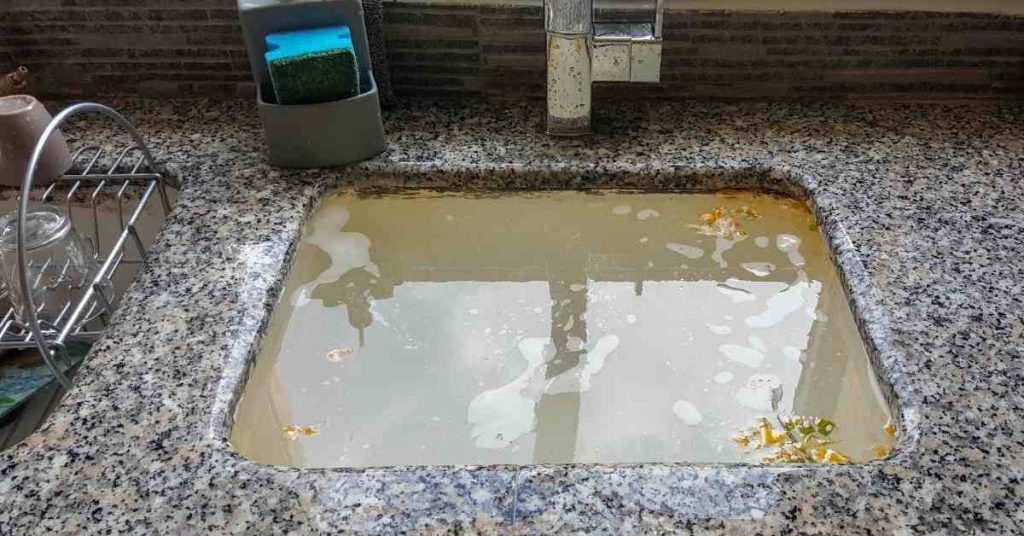 If you've tried all of the above and your kitchen sink still won't drain, it may be time to call in the professionals. A licensed plumber has the necessary tools and expertise to diagnose and fix any underlying issues with your drain. They can also provide you with valuable tips and advice on how to properly maintain your drains to prevent future clogs.
In conclusion, while
Drano
may seem like a quick fix for a clogged kitchen sink, it is not always the best solution. By practicing proper drain maintenance and being mindful of what you put down your sink, you can avoid the frustration and inconvenience of a clogged sink. If all else fails, don't hesitate to seek professional help to ensure your drains are functioning properly.
If you've tried all of the above and your kitchen sink still won't drain, it may be time to call in the professionals. A licensed plumber has the necessary tools and expertise to diagnose and fix any underlying issues with your drain. They can also provide you with valuable tips and advice on how to properly maintain your drains to prevent future clogs.
In conclusion, while
Drano
may seem like a quick fix for a clogged kitchen sink, it is not always the best solution. By practicing proper drain maintenance and being mindful of what you put down your sink, you can avoid the frustration and inconvenience of a clogged sink. If all else fails, don't hesitate to seek professional help to ensure your drains are functioning properly.







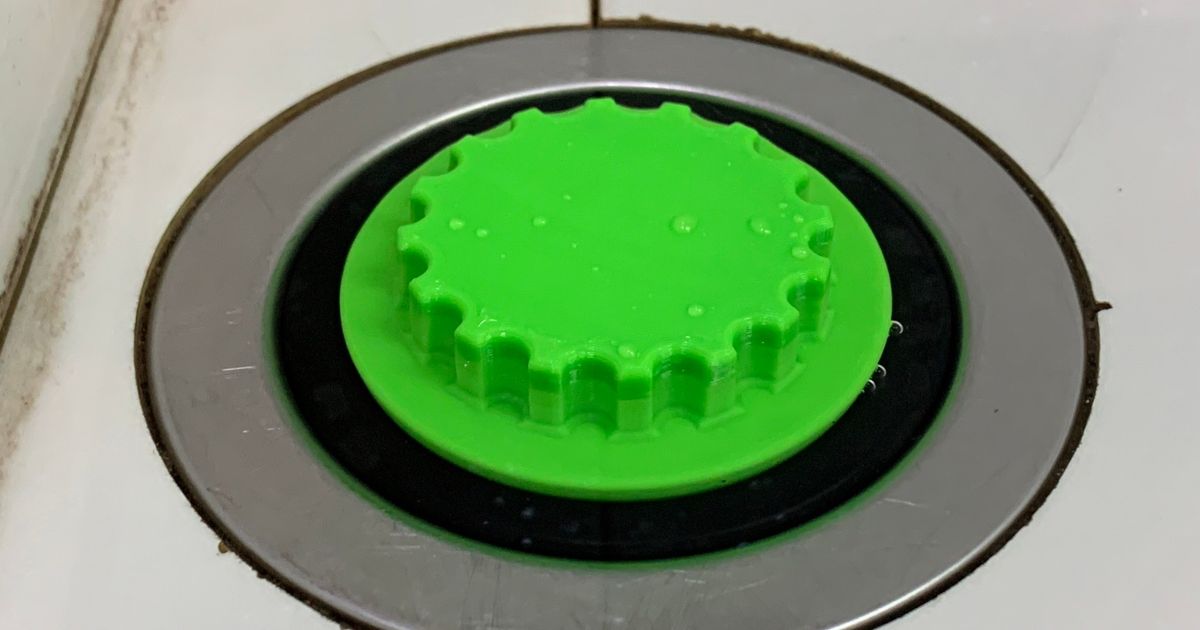

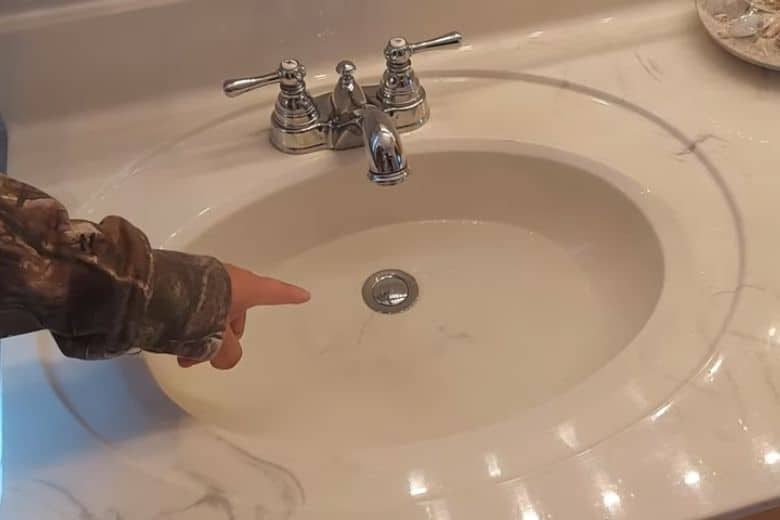
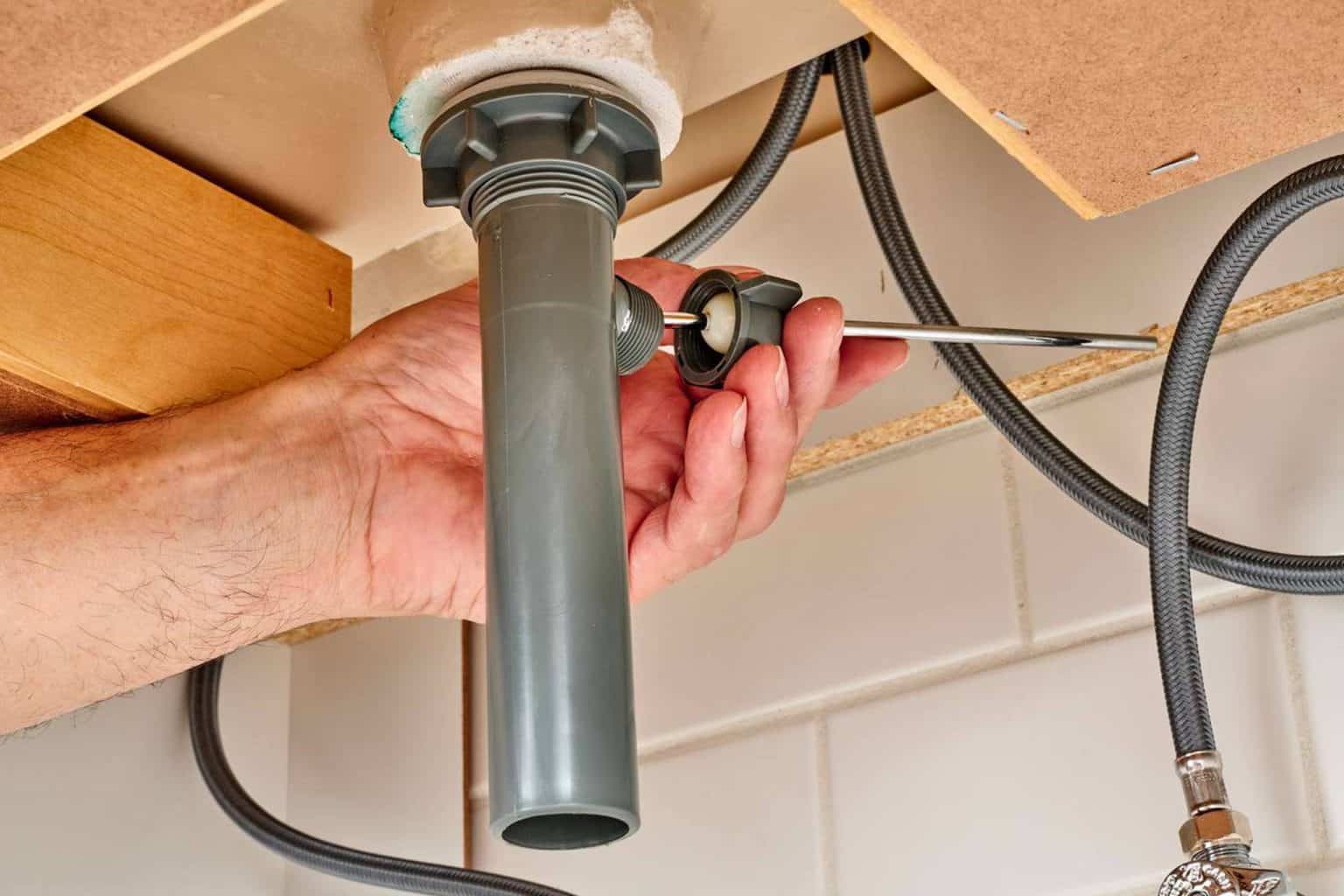
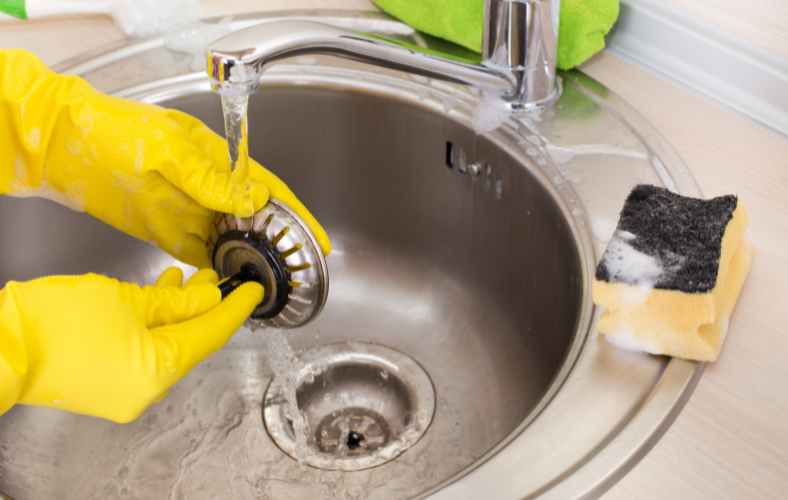


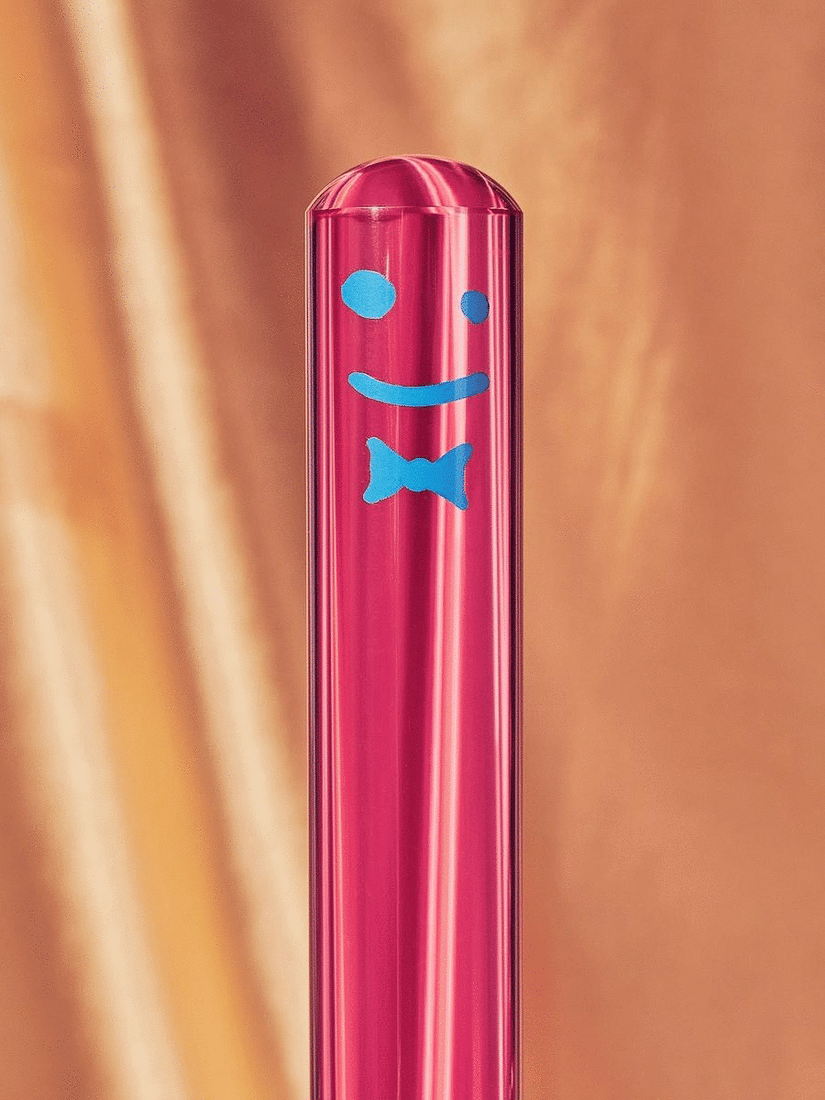




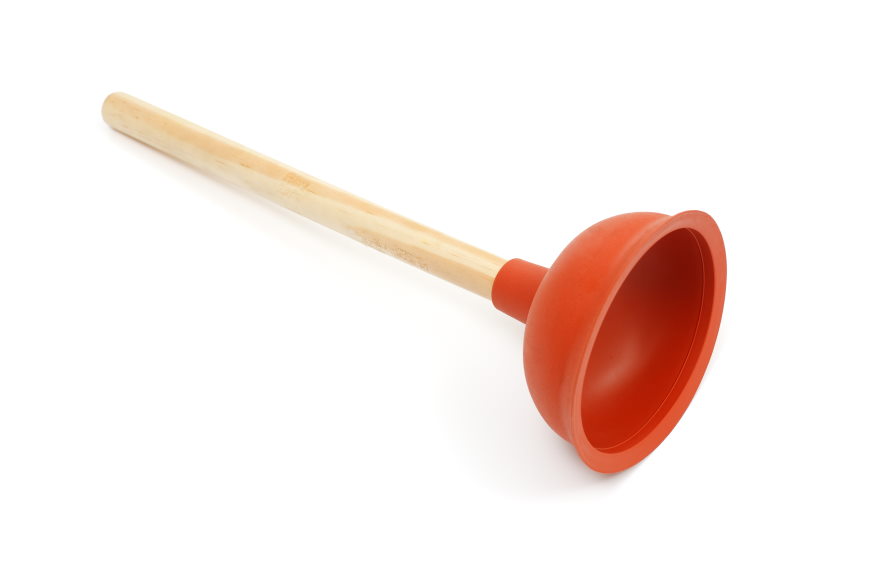
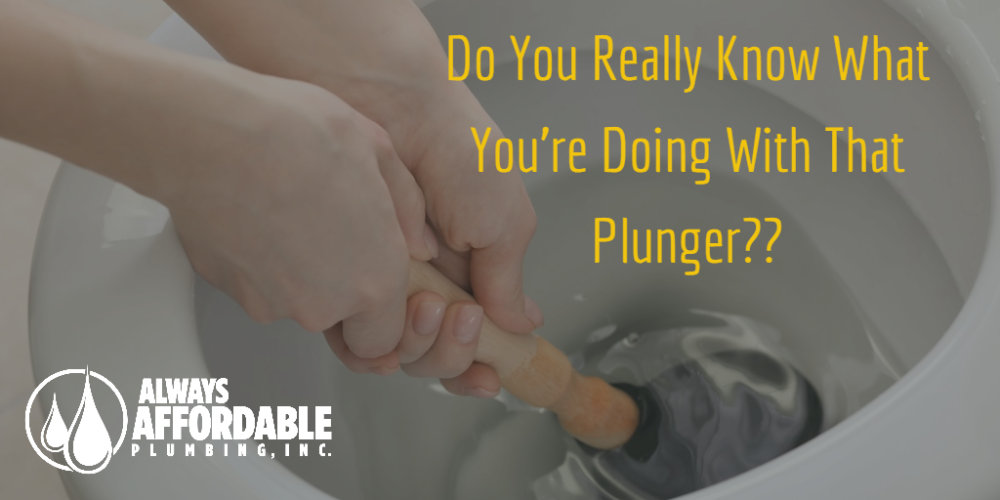
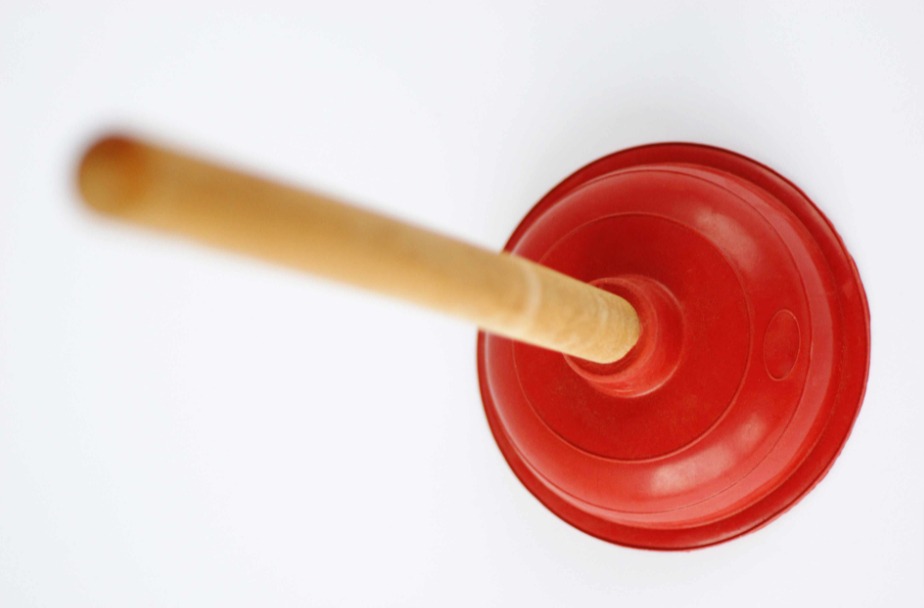


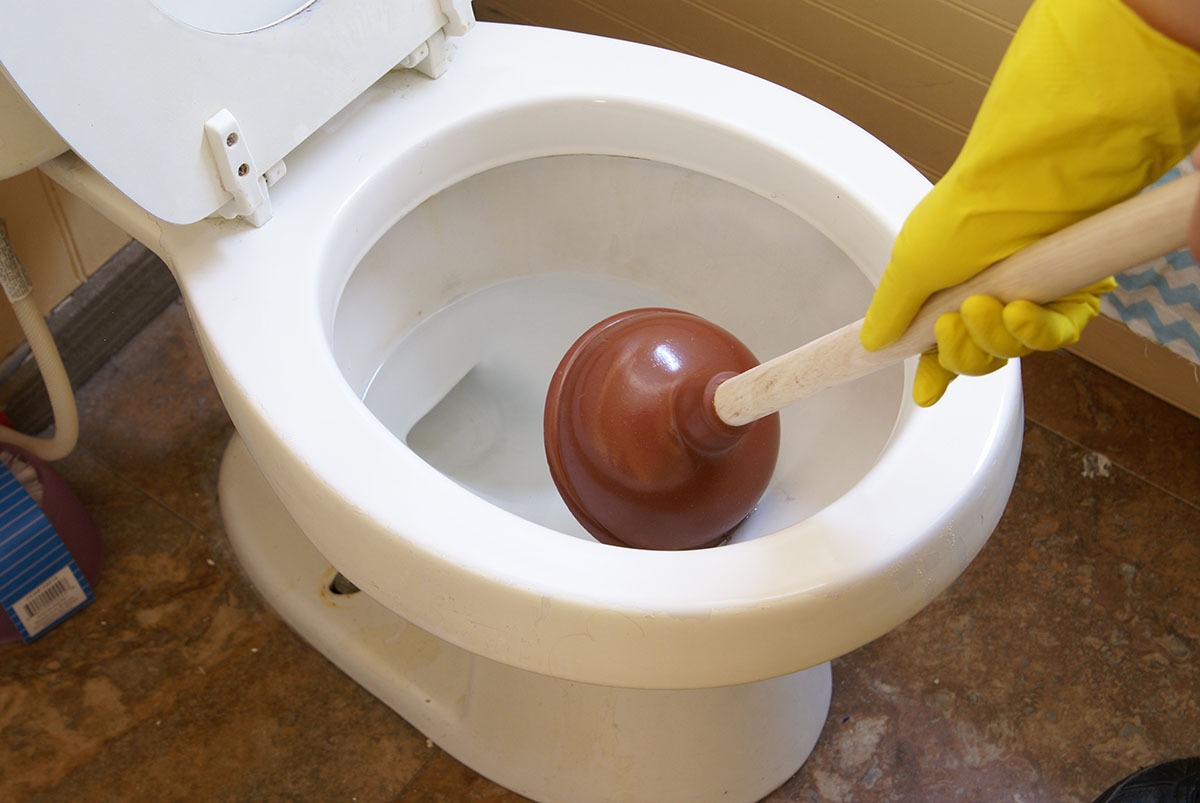

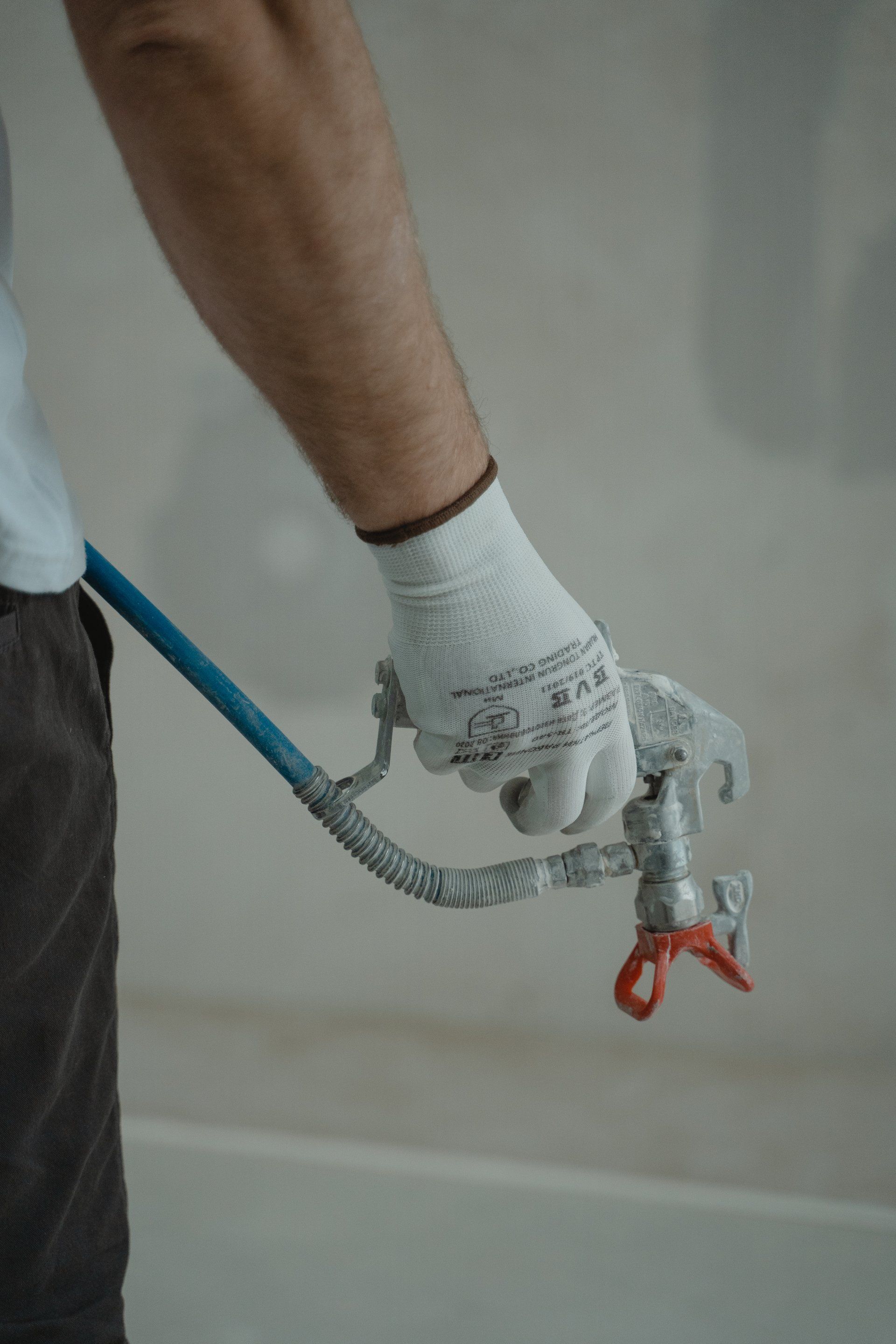

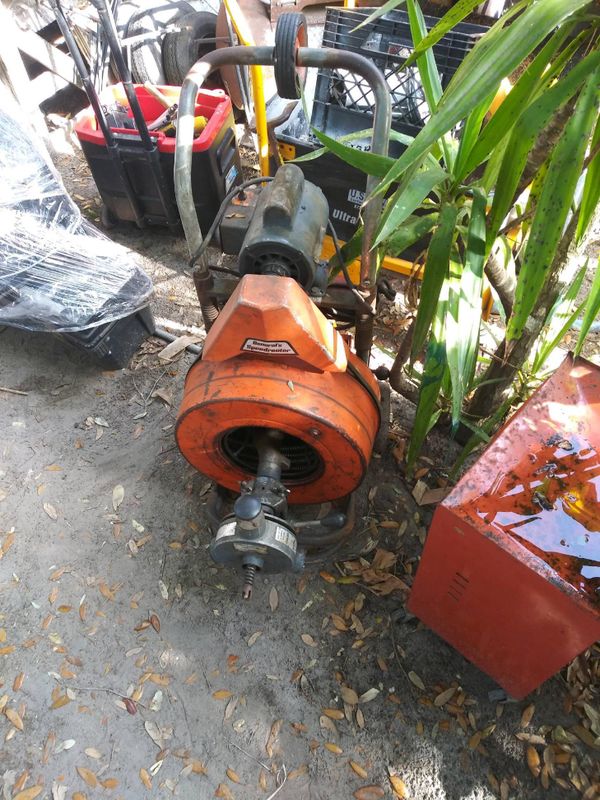
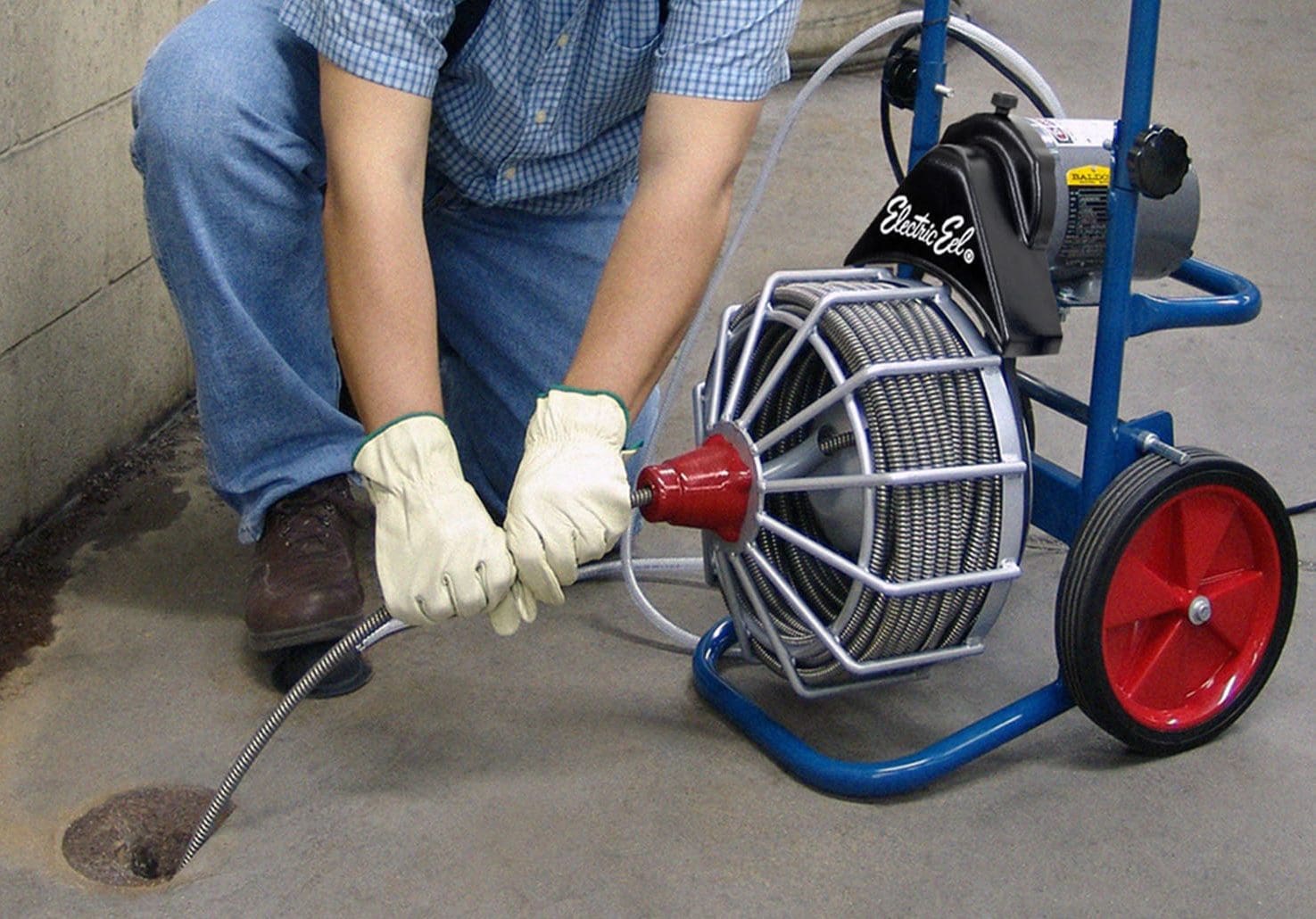
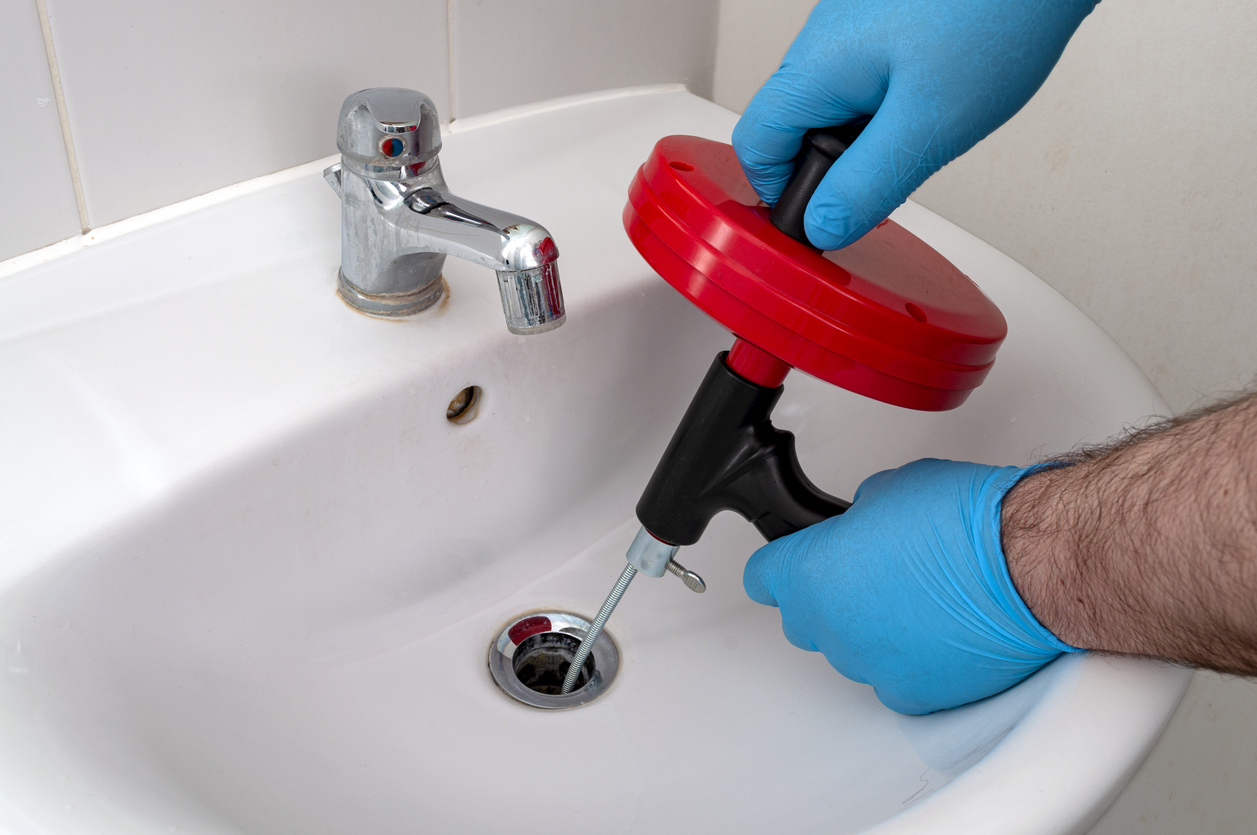




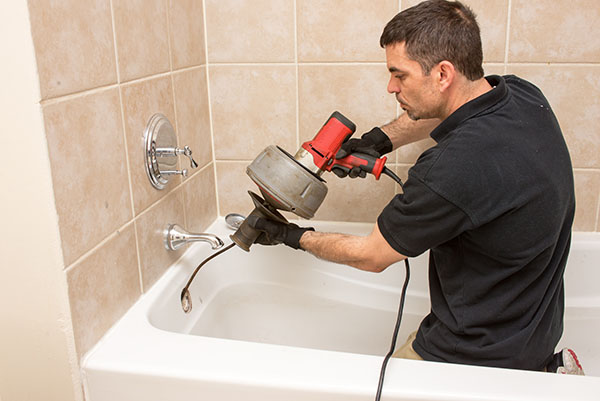





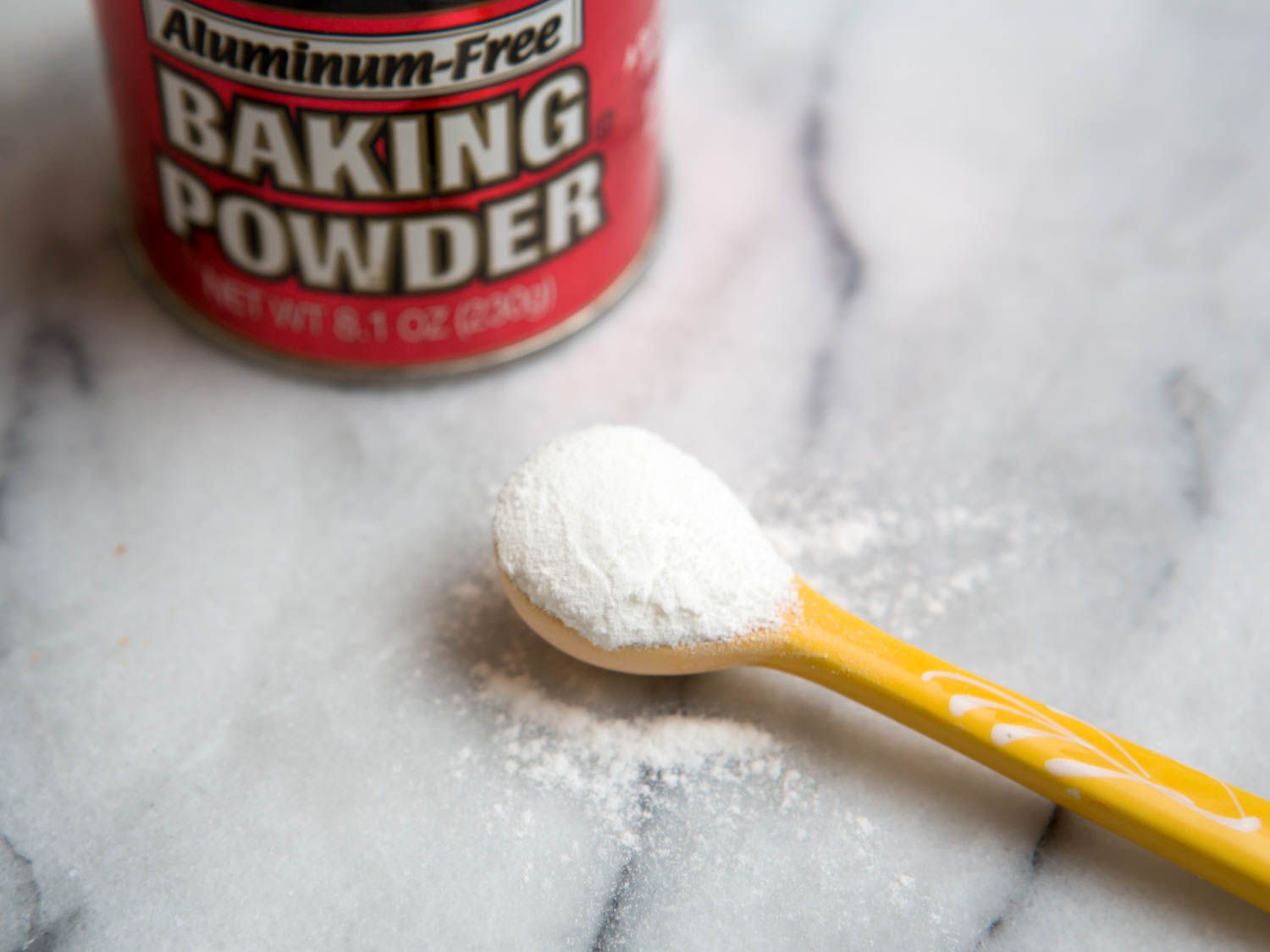
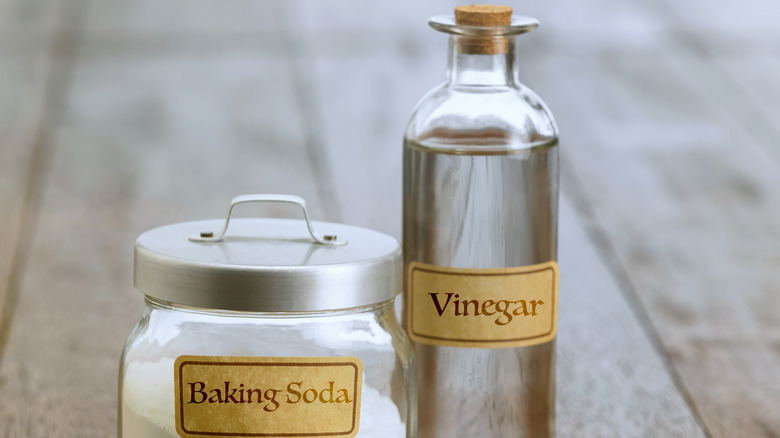
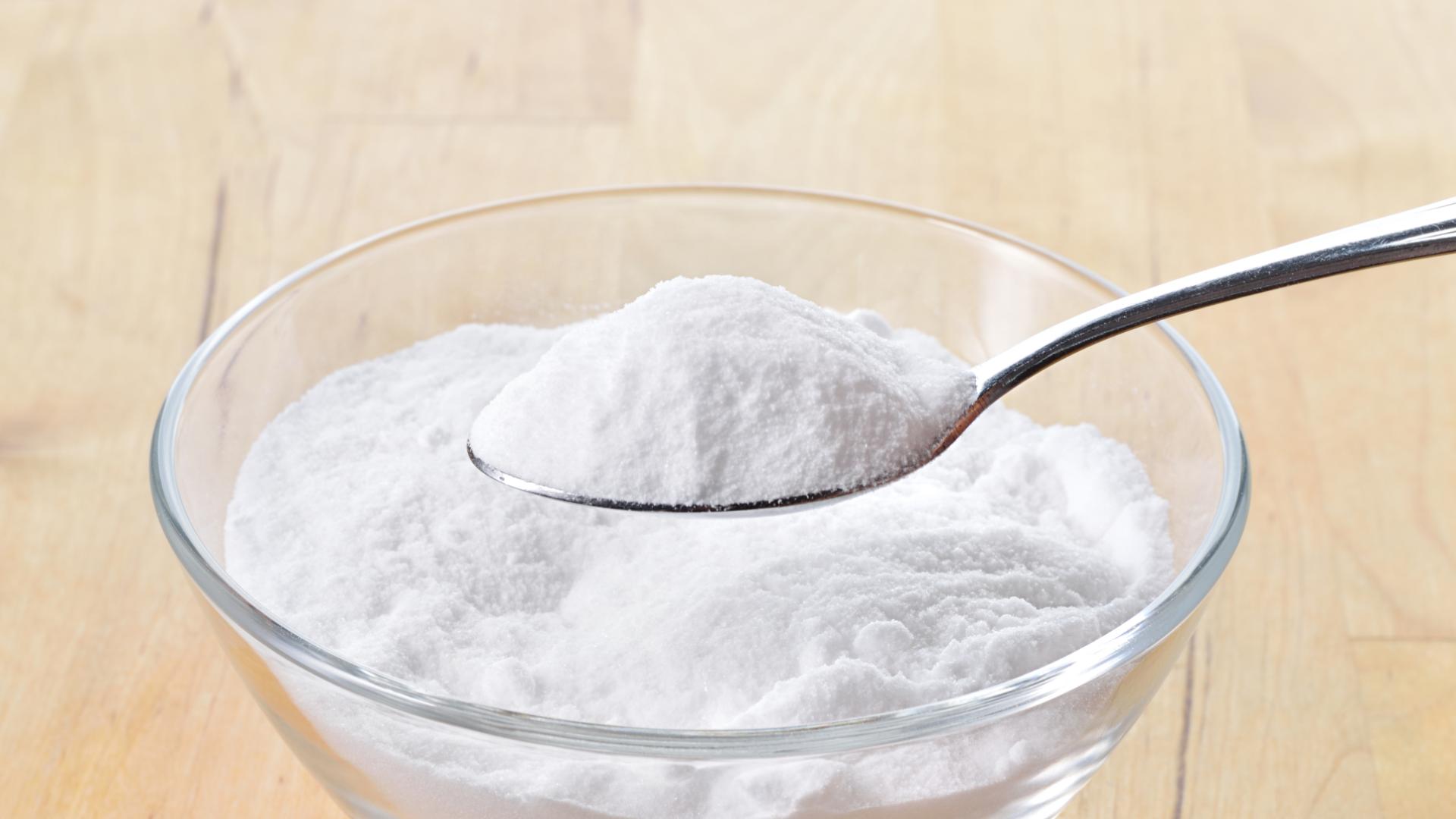
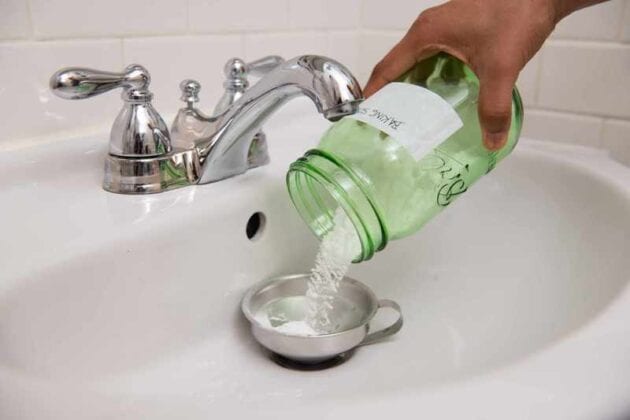
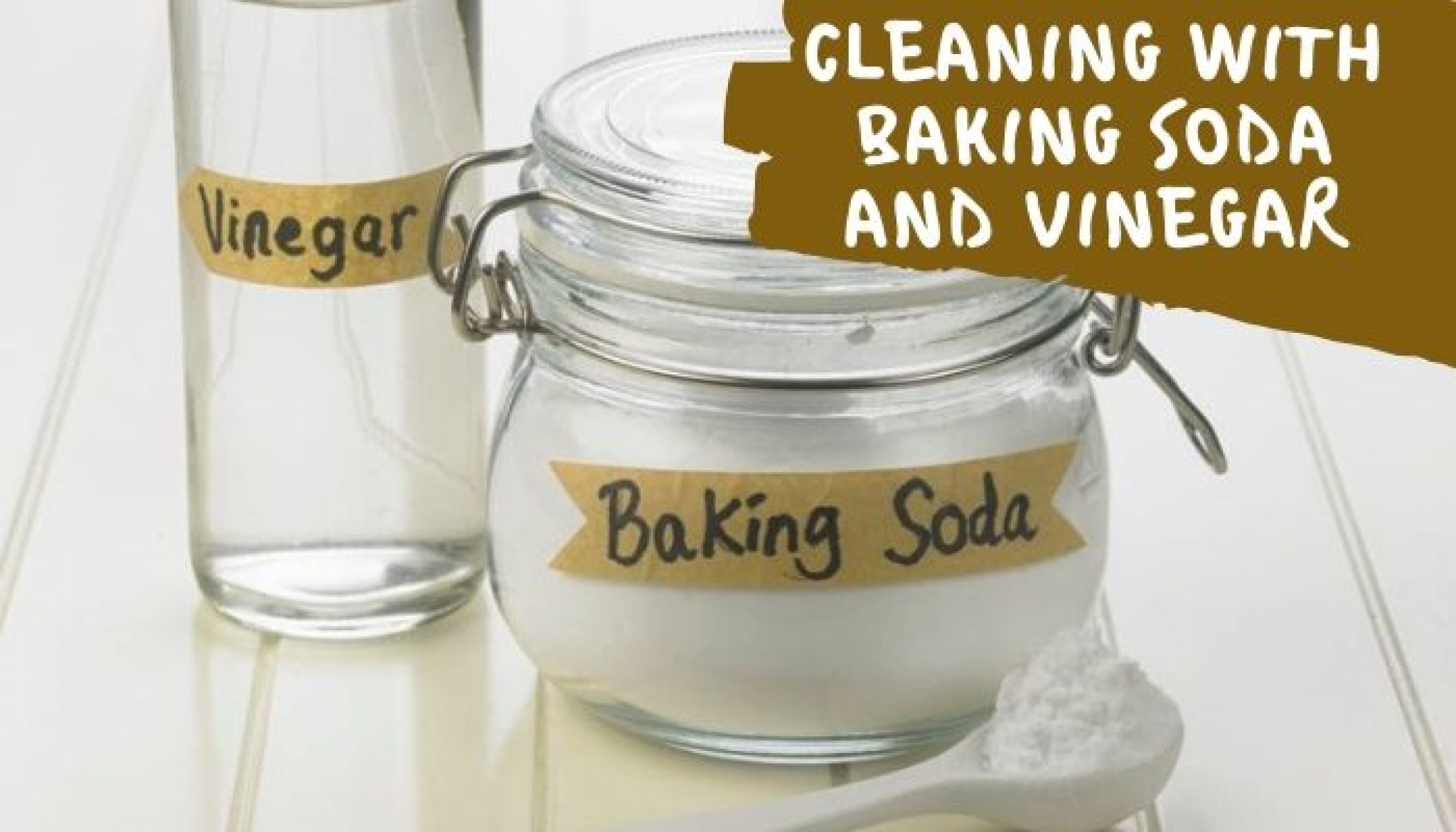

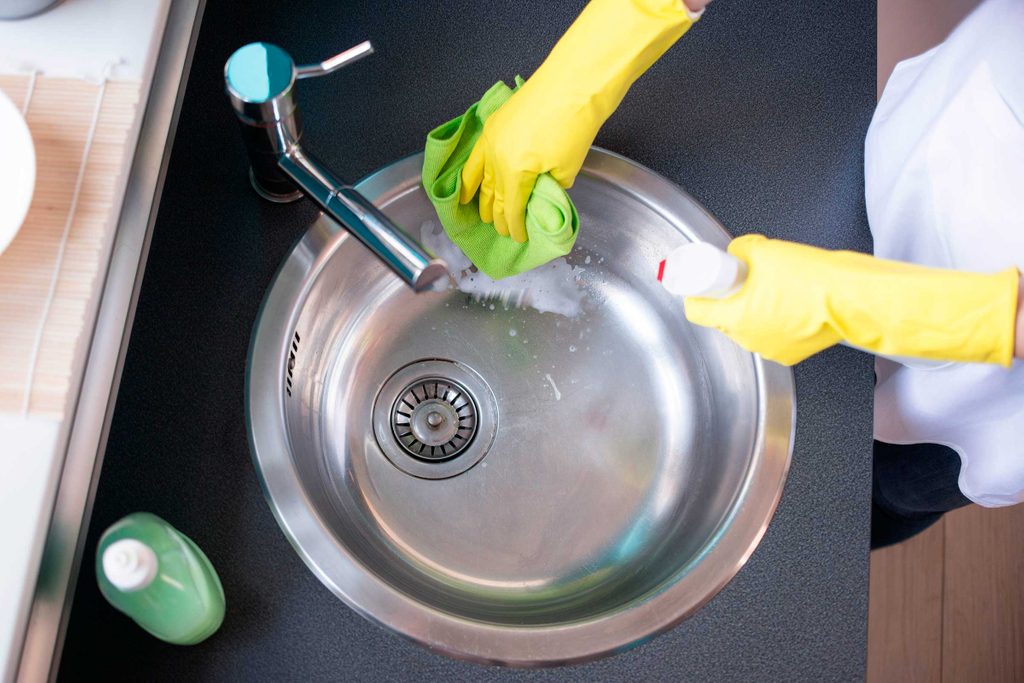
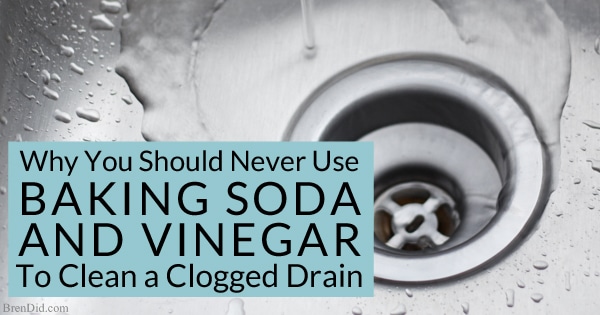




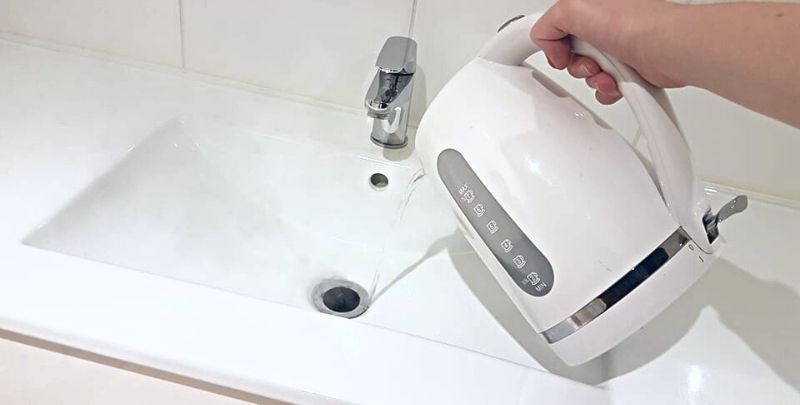

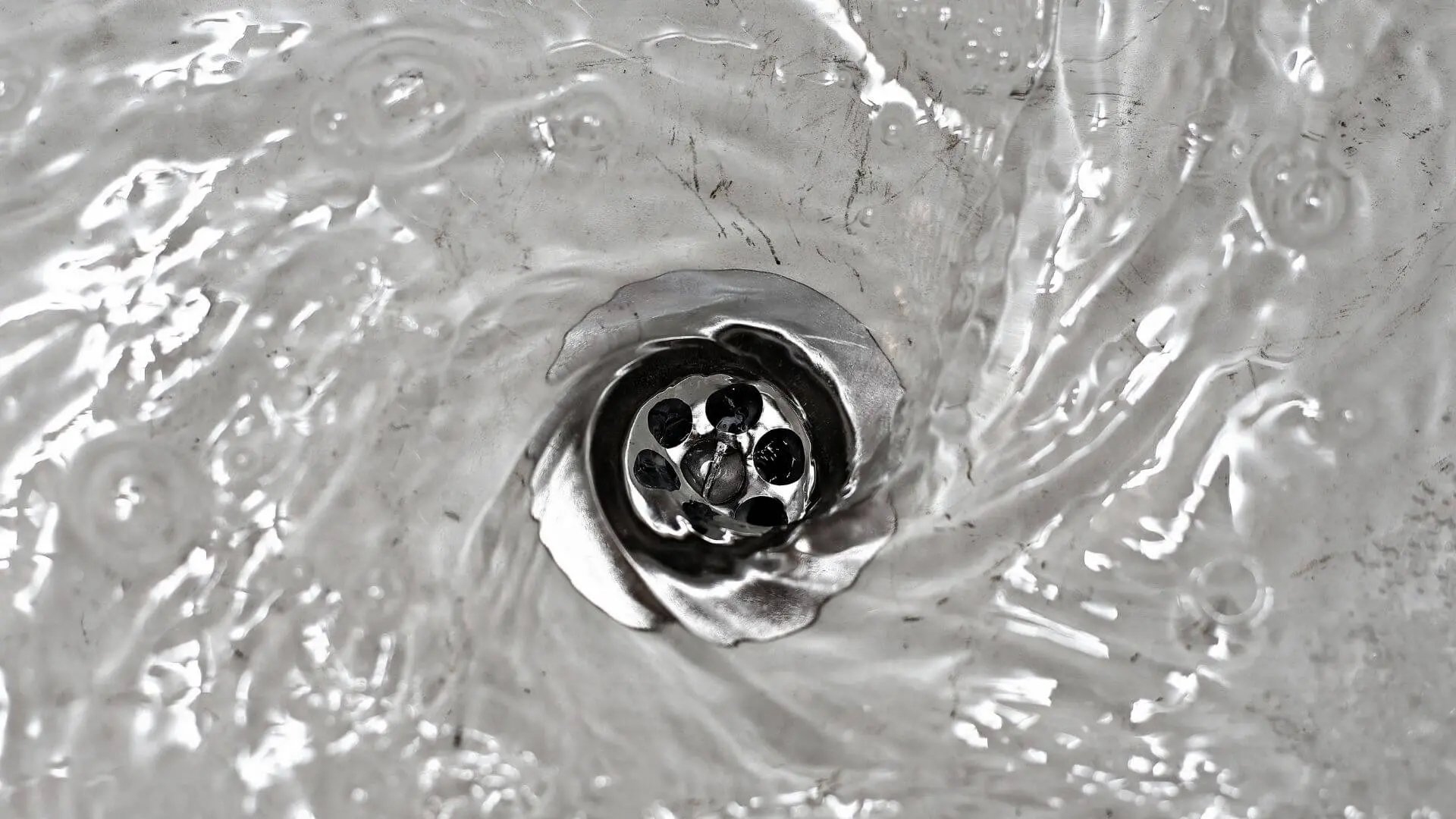
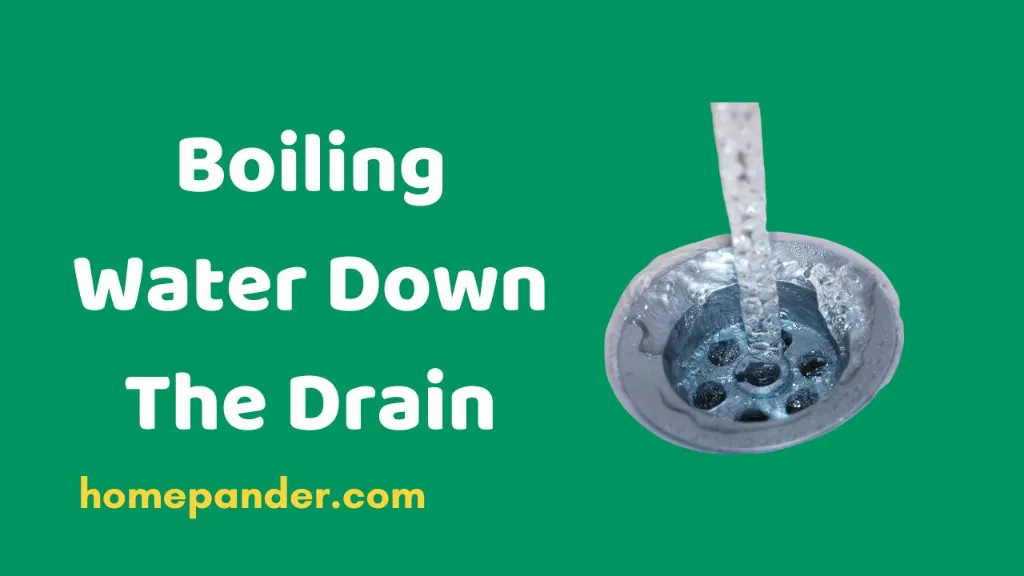
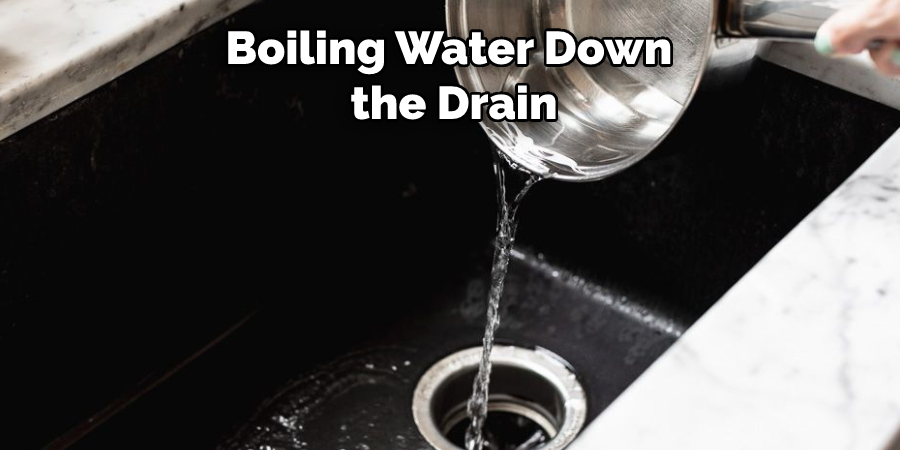
.jpg?time=1689761045394)



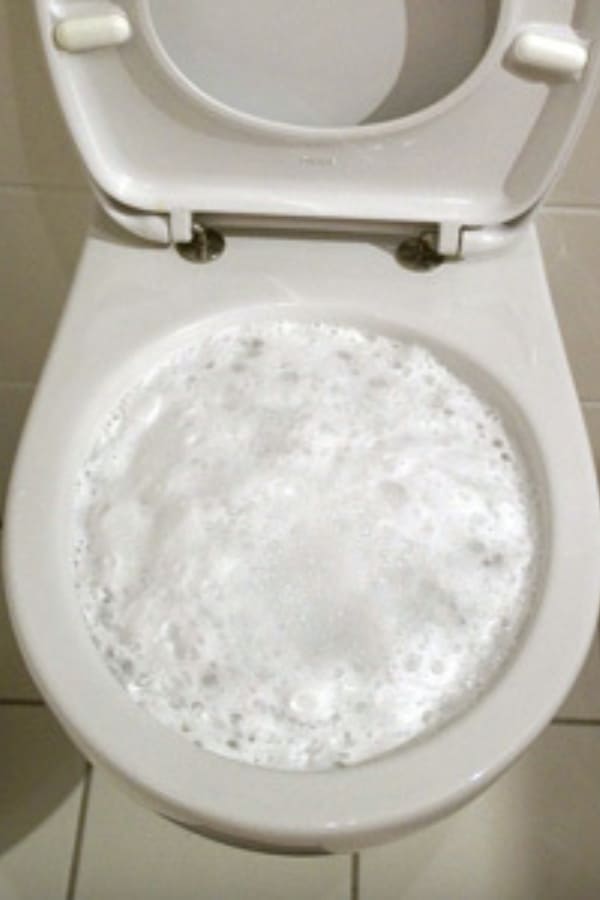




:max_bytes(150000):strip_icc()/SPR-HOME-v2-8-best-drain-openers-4177167-8e4b5c1d411f4b888b7b67f53252aa86.jpg)
.jpg)



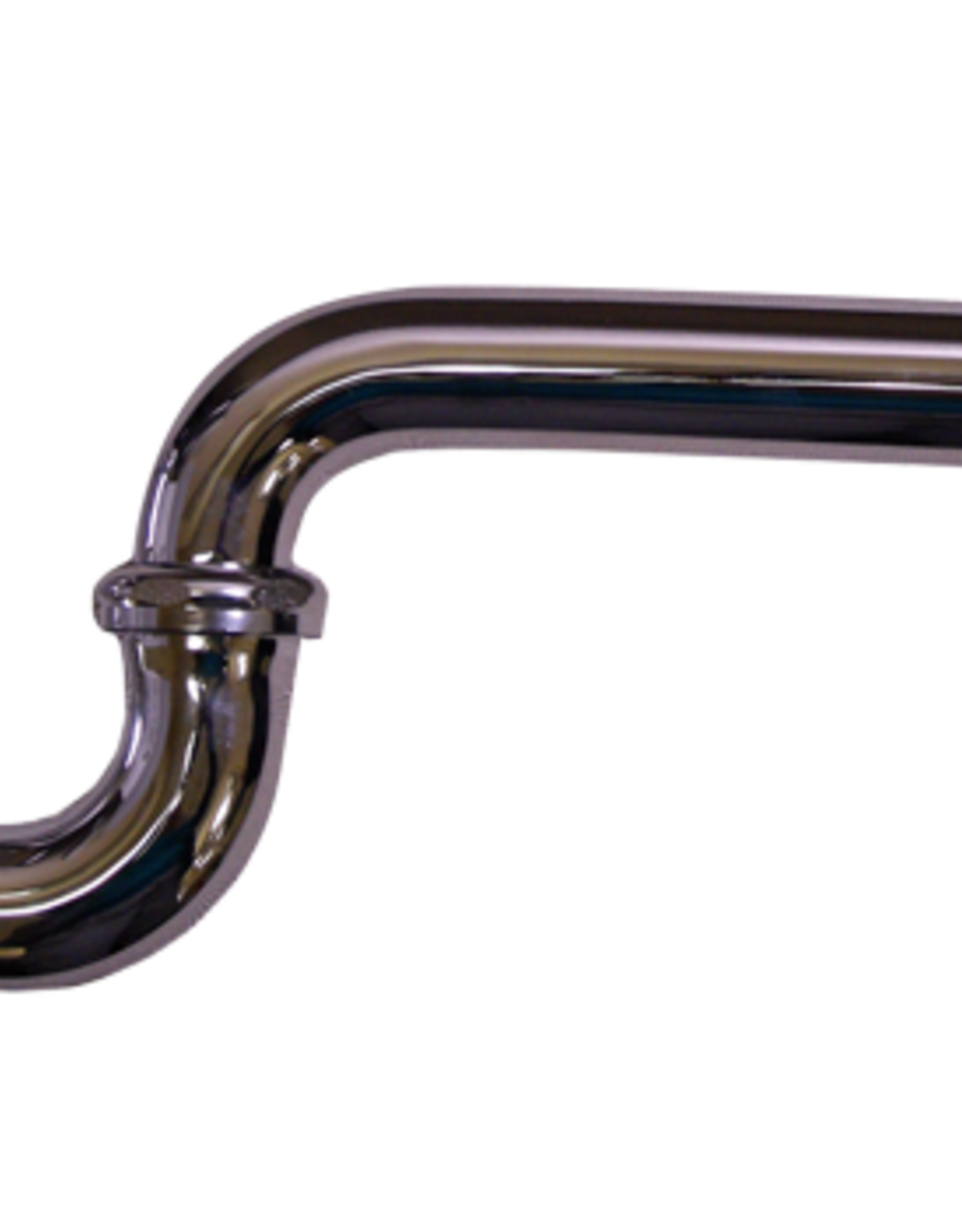




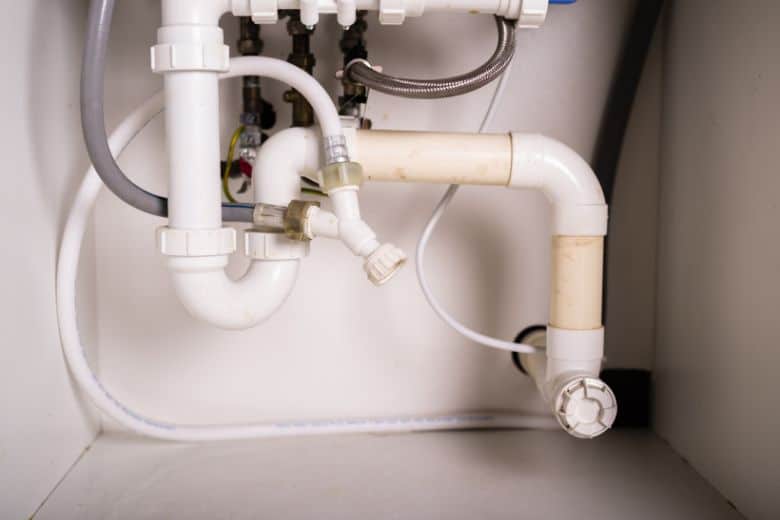

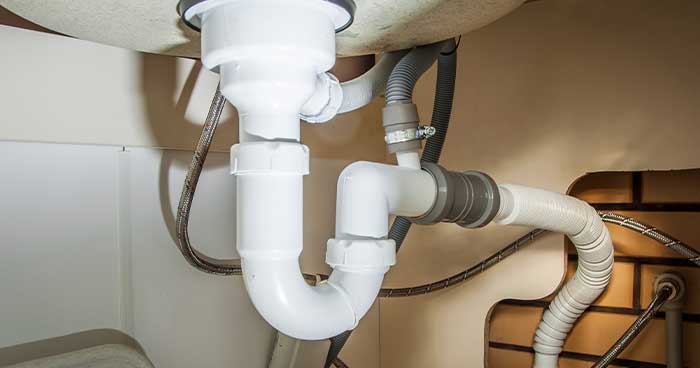

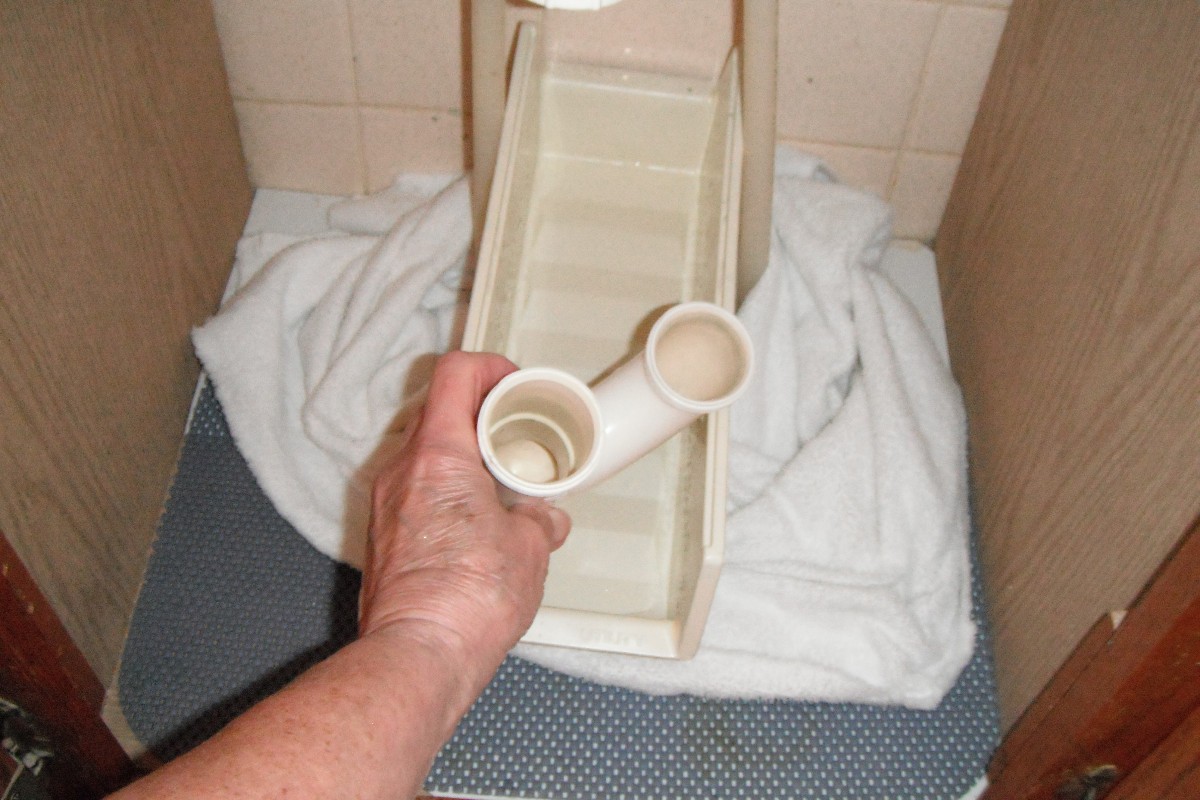
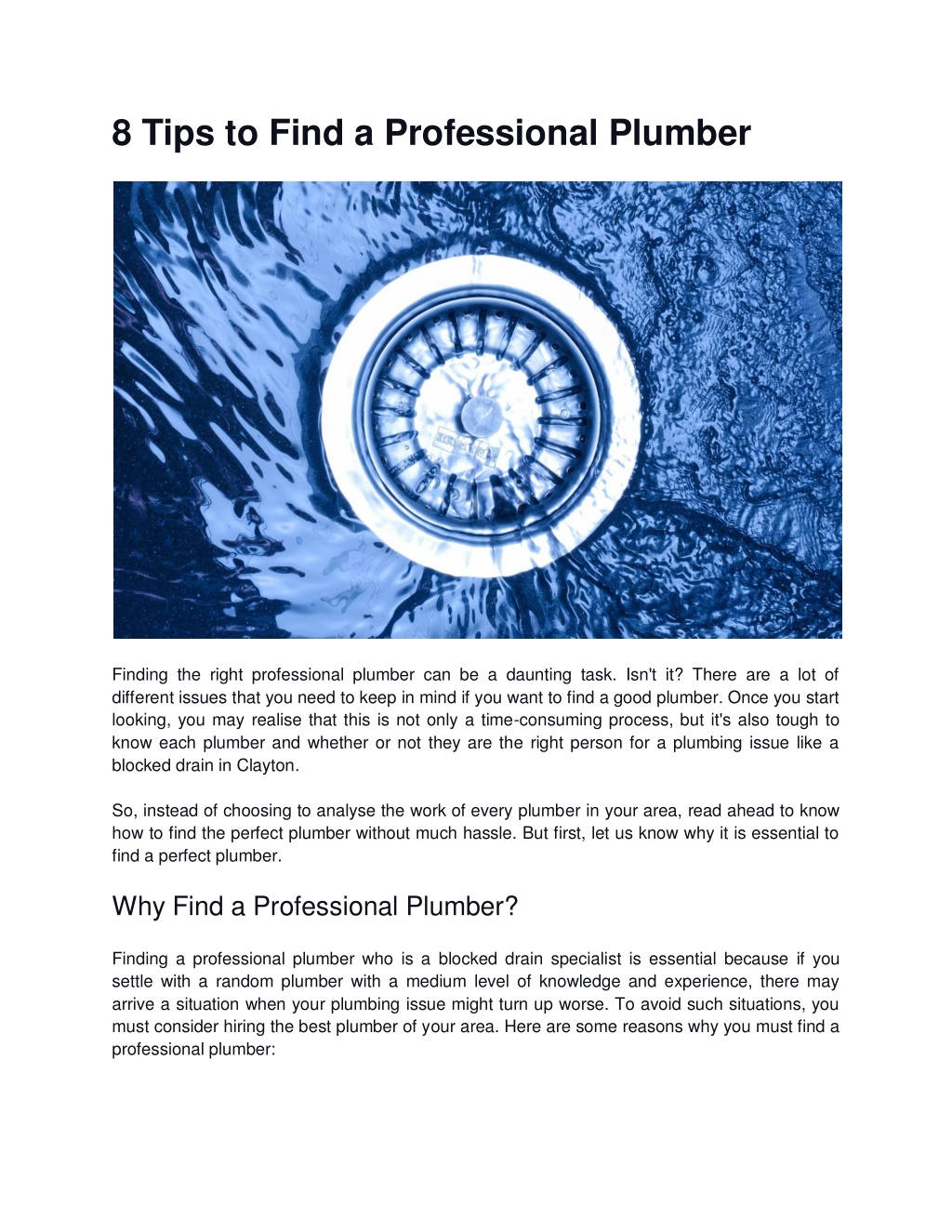


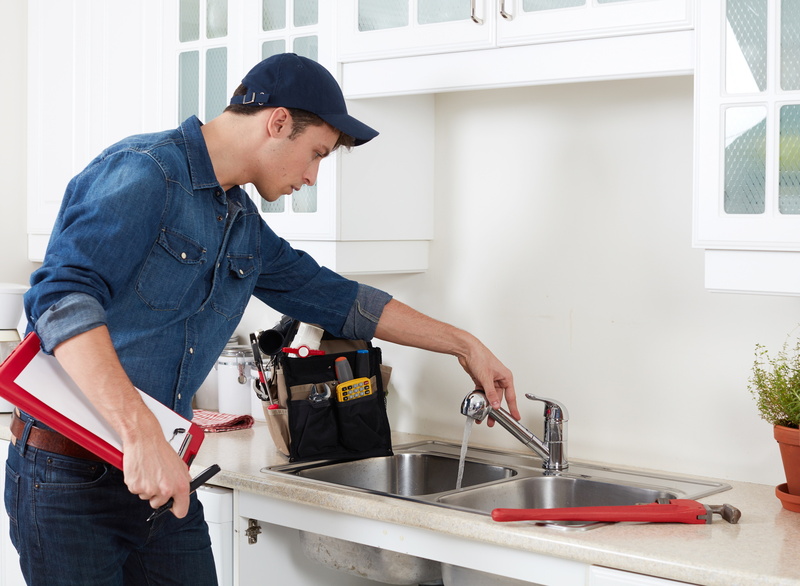
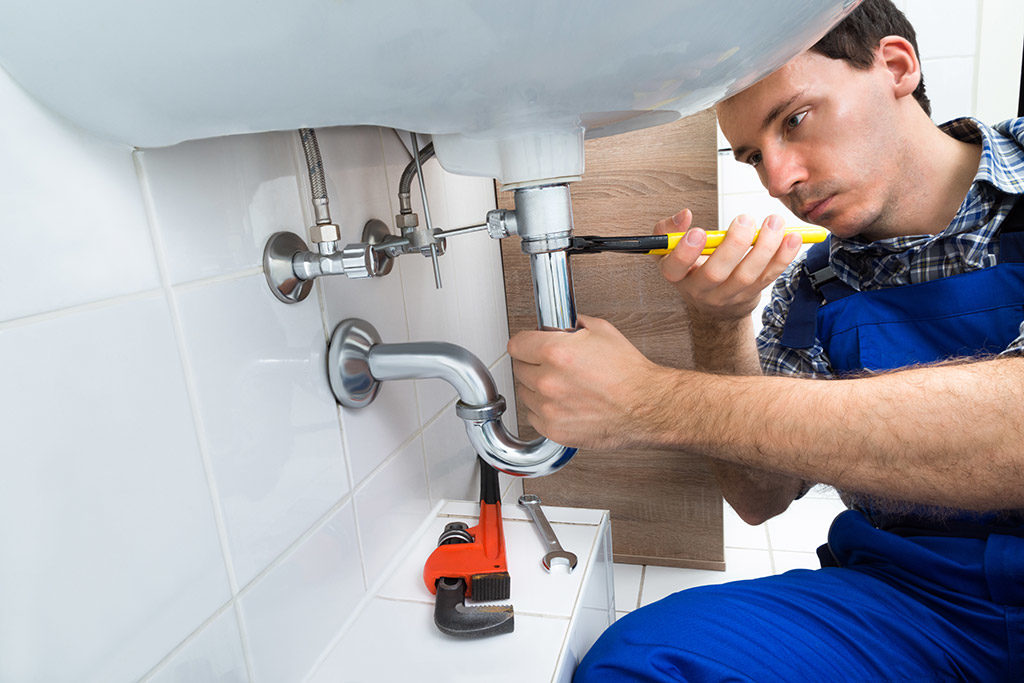

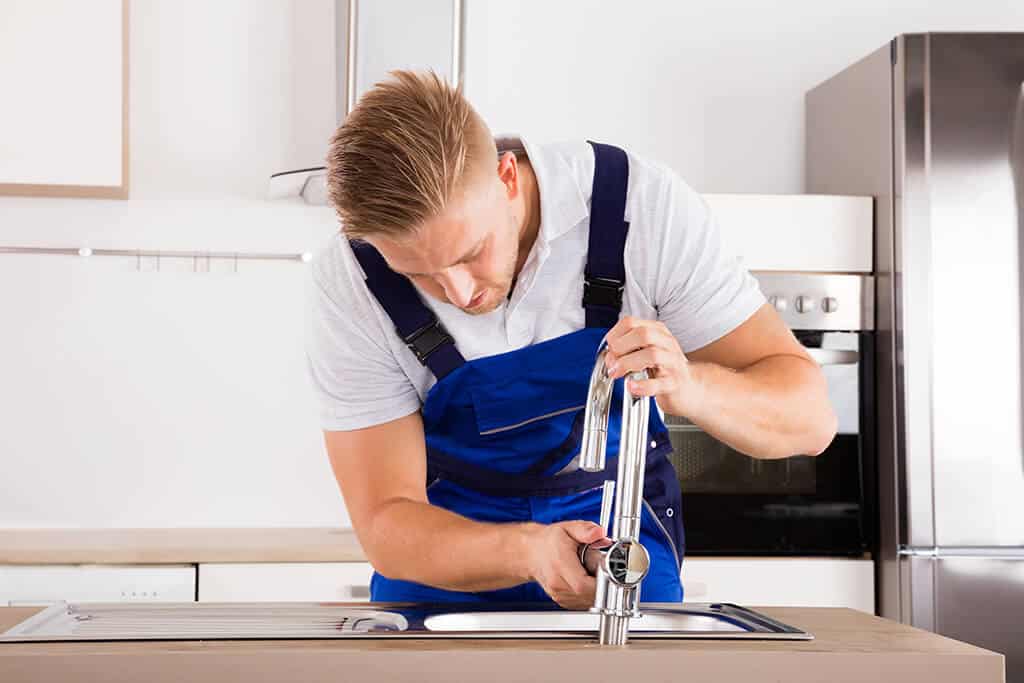





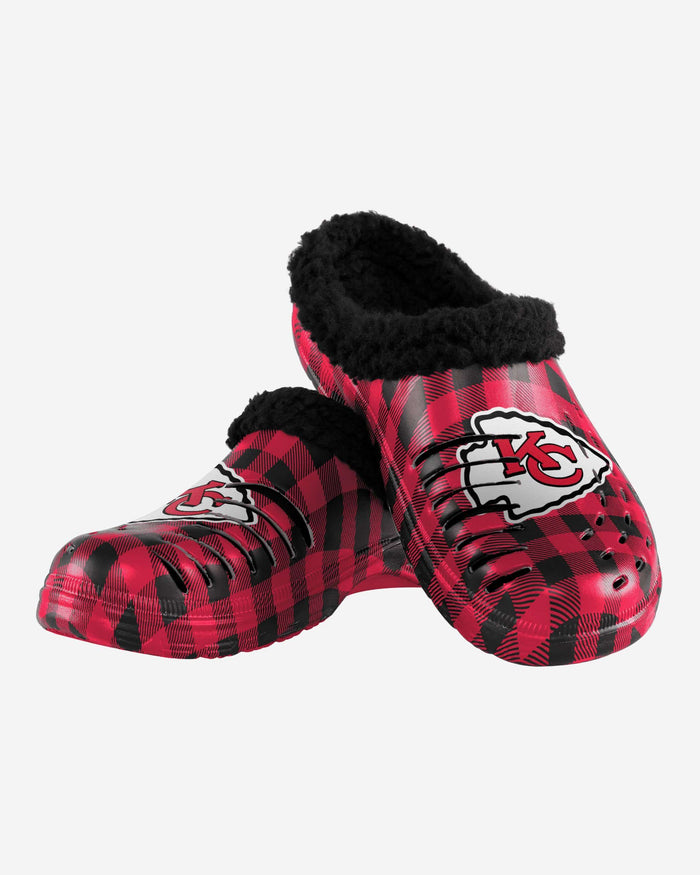
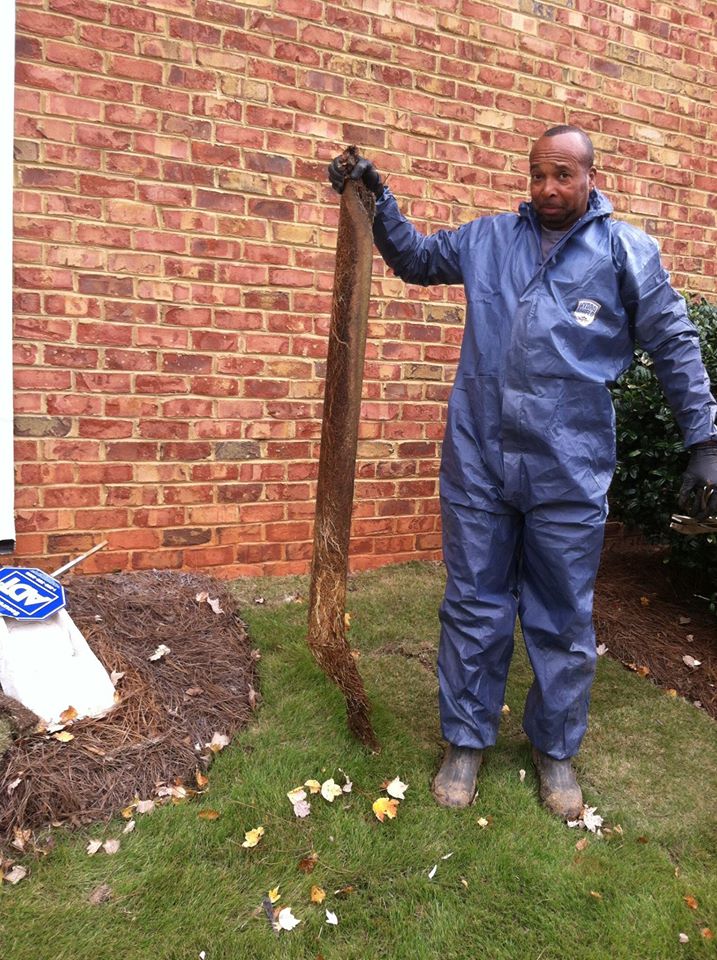
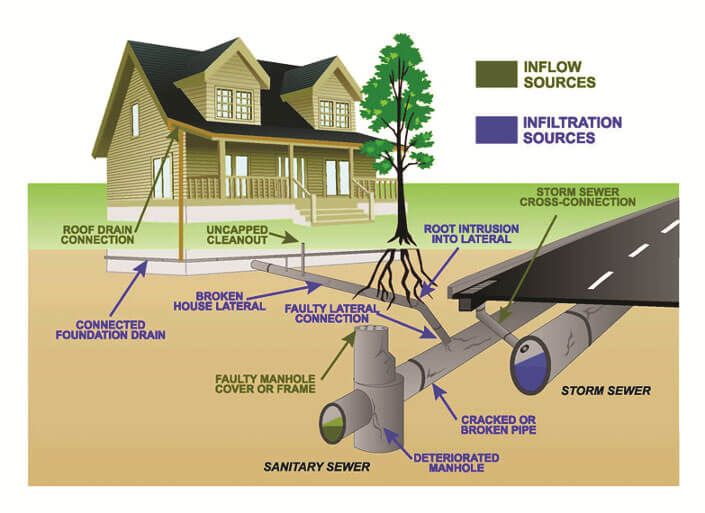



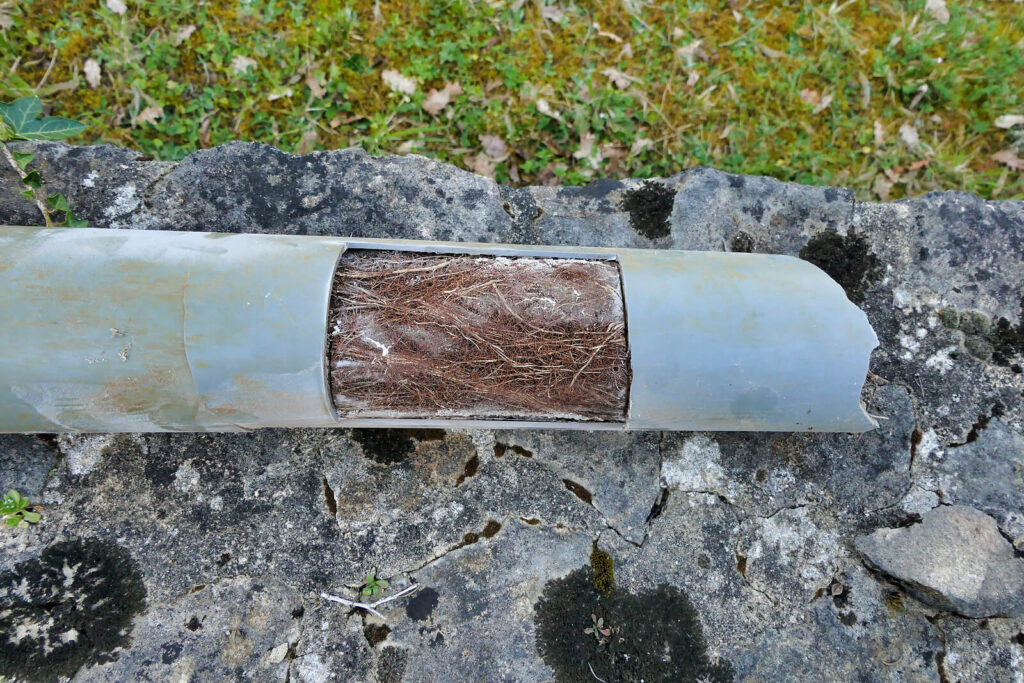

:max_bytes(150000):strip_icc()/signs-of-a-sewer-drain-clog-2718943_FINAL-7306dab348804135897b63a4411cdfdf.png)
